Frequently Asked Questions
1. What is knife balance?
2. Why is knife balance important in cooking?
3. What are the types of knife balance?
4. How can I find my ideal knife balance?
5. What are some maintenance tips for chef knives?
When it comes to culinary excellence, the tools you use matter as much as your skills. Understanding knife balances, especially in the context of Chef Knives & Sets, can significantly impact your cooking experience and overall performance. This blog will delve deep into the nuances of knife balances, how they affect your cutting techniques, and why you should consider them when investing in your kitchen arsenal.
The Importance of Knife Balance
The balance of a knife refers to the way the weight is distributed along its length. A well-balanced knife allows for more controlled cutting motions and reduces fatigue during prolonged use. This aspect is particularly crucial for professional chefs and home cooks alike who demand precision and comfort while preparing meals.
What is Knife Balance?
Knife balance is defined by the knife's weight distribution between the blade and the handle. A knife with perfect balance will feel comfortable in your hand, allowing you to use it with ease. When a knife is unbalanced, you may find yourself exerting more force to control it, which can lead to injury and inefficient cutting.
Types of Knife Balance
There are generally two types of balance in knives:
- Front-Biased Balance: In this configuration, more weight is toward the blade. It can provide better slicing control, especially useful for tasks involving larger cuts of meat or vegetables.
- Handle-Biased Balance: This design features more weight towards the handle. It can enhance precision for intricate chopping and dicing tasks, allowing for better maneuverability.
Factors Influencing Knife Balance
Several factors contribute to the overall balance of Chef Knives & Sets. Understanding these will help you choose the right knife for your needs:
Material and Design
The materials used in the blade and handle construction play a significant role in achieving balance. High-carbon stainless steel blades are common in many Chef Knives & Sets, as they combine weight and durability. Handle materials, such as wood or synthetic composites, can also influence the balance, with denser materials shifting it toward the handle.
Blade Shape and Size
The shape and size of the blade considerably affect the balance of the knife. Longer blades typically have more weight distributed towards the front, while shorter blades can offer a more balanced feel. Understanding which blade shape works best for your cooking style is essential.
How Balance Affects Performance
Now that you have an understanding of what knife balance is and what influences it, let’s explore how balance directly affects your cutting performance.
Reducing Fatigue
Using a well-balanced knife can significantly decrease fatigue during long cooking sessions. Less effort is required to control the knife, enabling you to maintain dexterity and precision.
Enhancing Control
A balanced knife provides superior control, allowing you to make precise cuts without excessive force. This feature becomes particularly important when performing intricate tasks such as julienning vegetables or filleting fish.
Improving Cutting Technique
A well-balanced blade encourages proper cutting techniques, promoting efficiency and reducing the likelihood of injury. As you slice, chop, and dice, a balanced knife will respond naturally to your movements, providing feedback and stability.
Finding Your Ideal Balance
Every chef has a unique style, and the ideal balance varies from one person to another. Here are some tips to help you find the knife balance that works best for you:
Test Before You Invest
When shopping for Chef Knives & Sets, it’s crucial to hold the knife in your hand. Assess how it feels and whether the weight distribution meets your preferences. A knife that feels right in your hand can enhance your overall cooking experience.
Consider Your Cooking Style
Your cooking style should influence your choice of knife balance. If you do a lot of slicing, a front-biased balance may be better suited for you. Conversely, if you’re a precision chef, you might prefer a handle-biased balance.
Seek Expert Advice
Don’t hesitate to ask for professional advice when choosing knives. Shops specializing in culinary tools often have knowledgeable staff who can guide you in finding the perfect balance.
Maintenance and Care for Your Chef Knives
Ensuring the longevity and performance of your knives goes hand-in-hand with understanding their balance. Here are some essential tips:
Regular Sharpening
A sharp knife performs better and is safer than a dull one. Regularly sharpening your knives will help maintain their balance and efficiency, ensuring that you can execute precise cuts effortlessly.
Proper Storage
Store your Chef Knives & Sets in a way that protects their balance and edge. Knife blocks, magnetic strips, and sheaths prevent the edges from dulling and maintain the knife’s intended balance.
Cleaning and Drying
After using your knives, clean them promptly and dry them thoroughly. This practice prevents rust and damage, keeping the knife in optimal condition for a lifetime of culinary adventures.
Common Misconceptions About Knife Balance
There are many misconceptions associated with knife balance that can lead to poor purchasing decisions. Let’s tackle a few:
Heavier is Better
Some believe that the heavier a knife is, the better it is for cutting. This is not necessarily true. The best knife for you is one that has a balance that matches your comfort and style preferences, rather than its weight alone.
One Size Fits All
Not every knife will be perfect for every chef. Personal preferences vary greatly, so it’s essential to choose a knife that suits you individually.
Your Ideal Knife Awaits!
Understanding knife balances is an integral part of enhancing your culinary skills. By considering the balance aspects of Chef Knives & Sets, you empower yourself to make informed decisions tailored specifically to your cooking style. Whether you are preparing family meals or hosting a grand dinner, the right knife balance makes all the difference. Embrace the art of knife handling and elevate your kitchen experience today! Your culinary masterpieces await with the knife that's perfect for you.





































































































































































































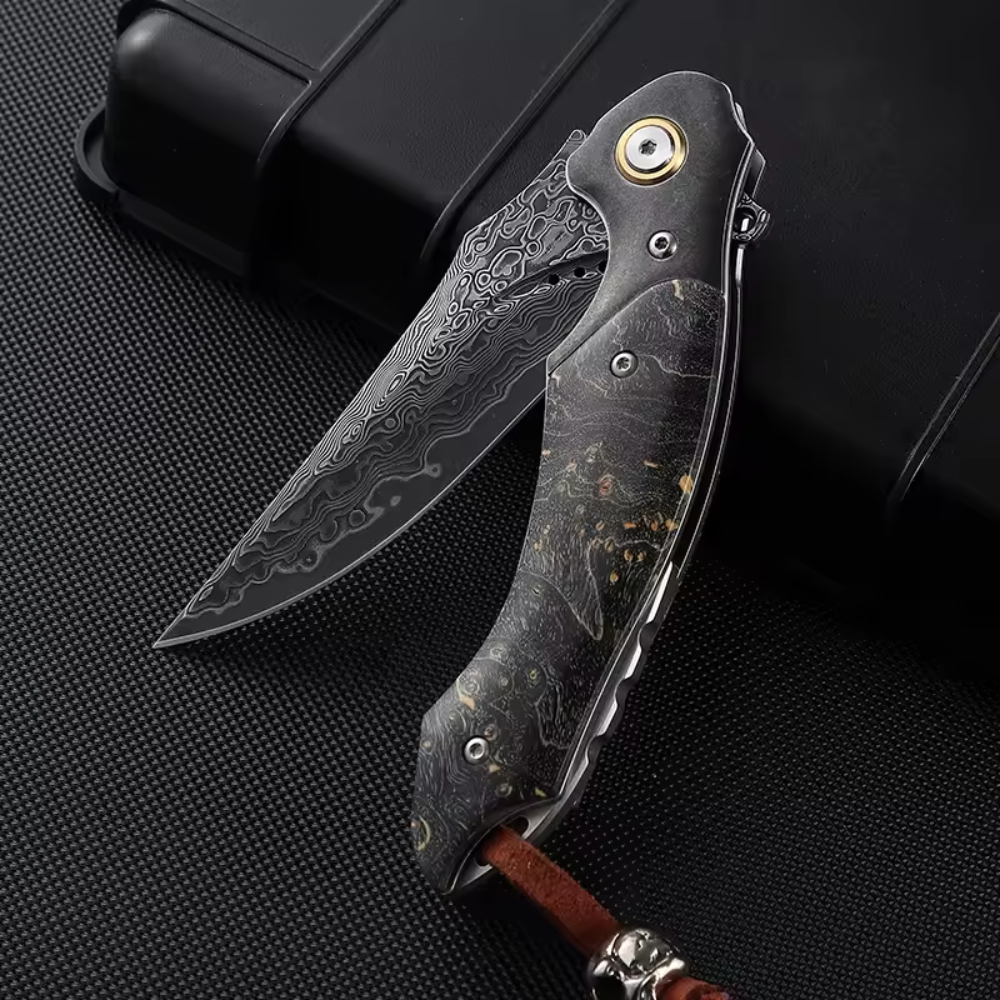
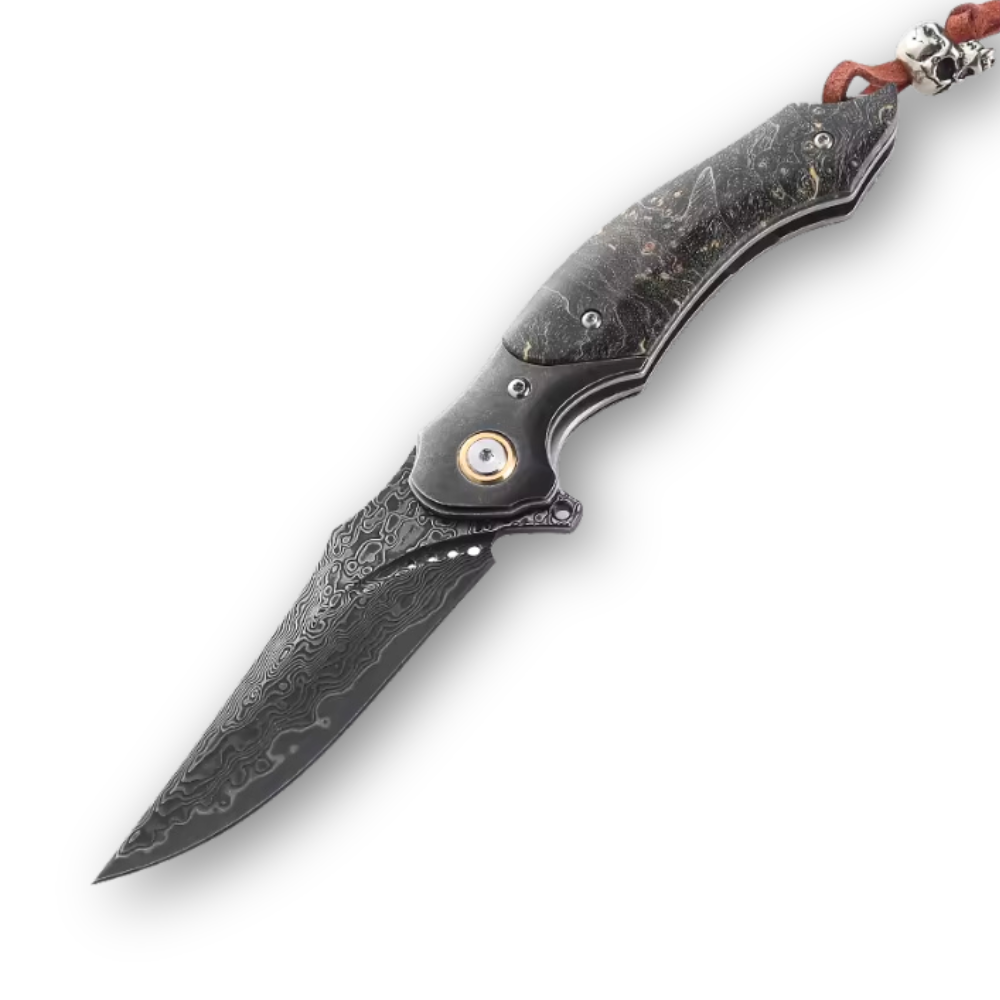
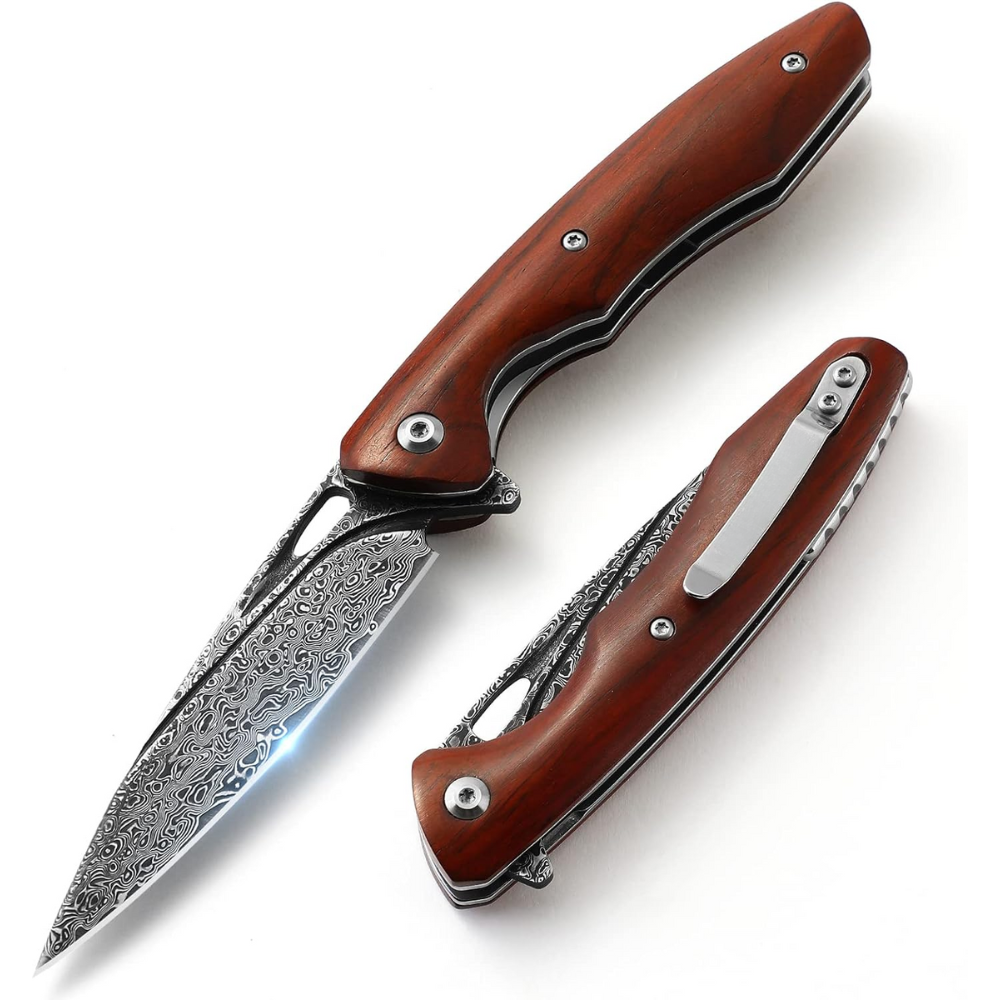









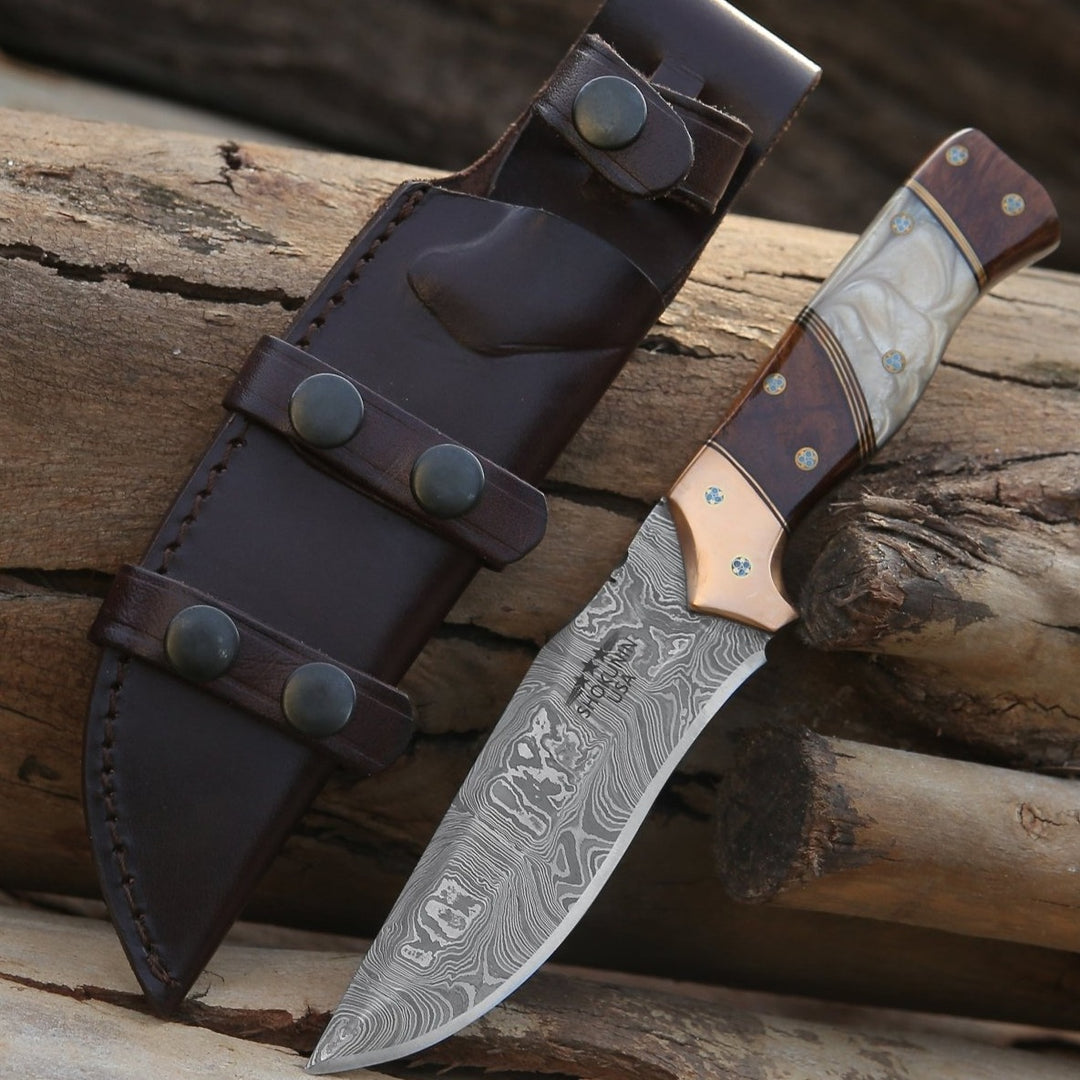
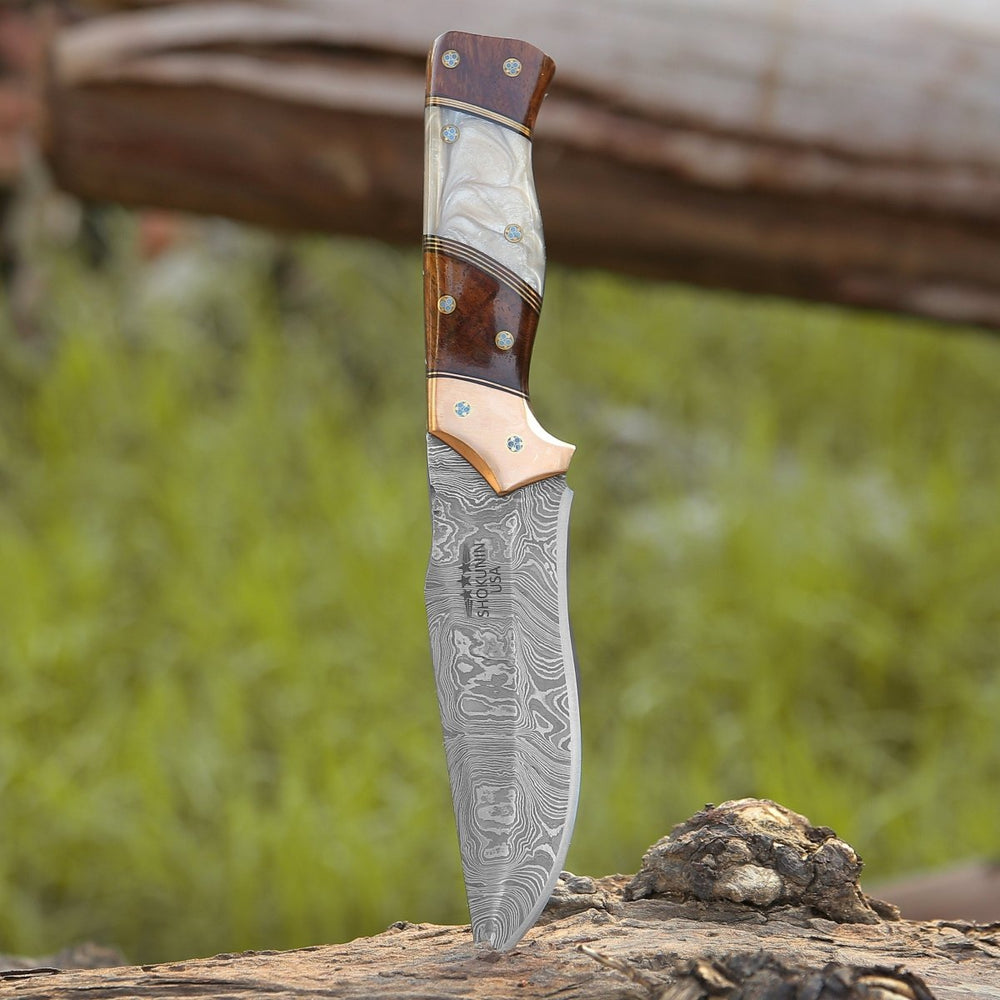


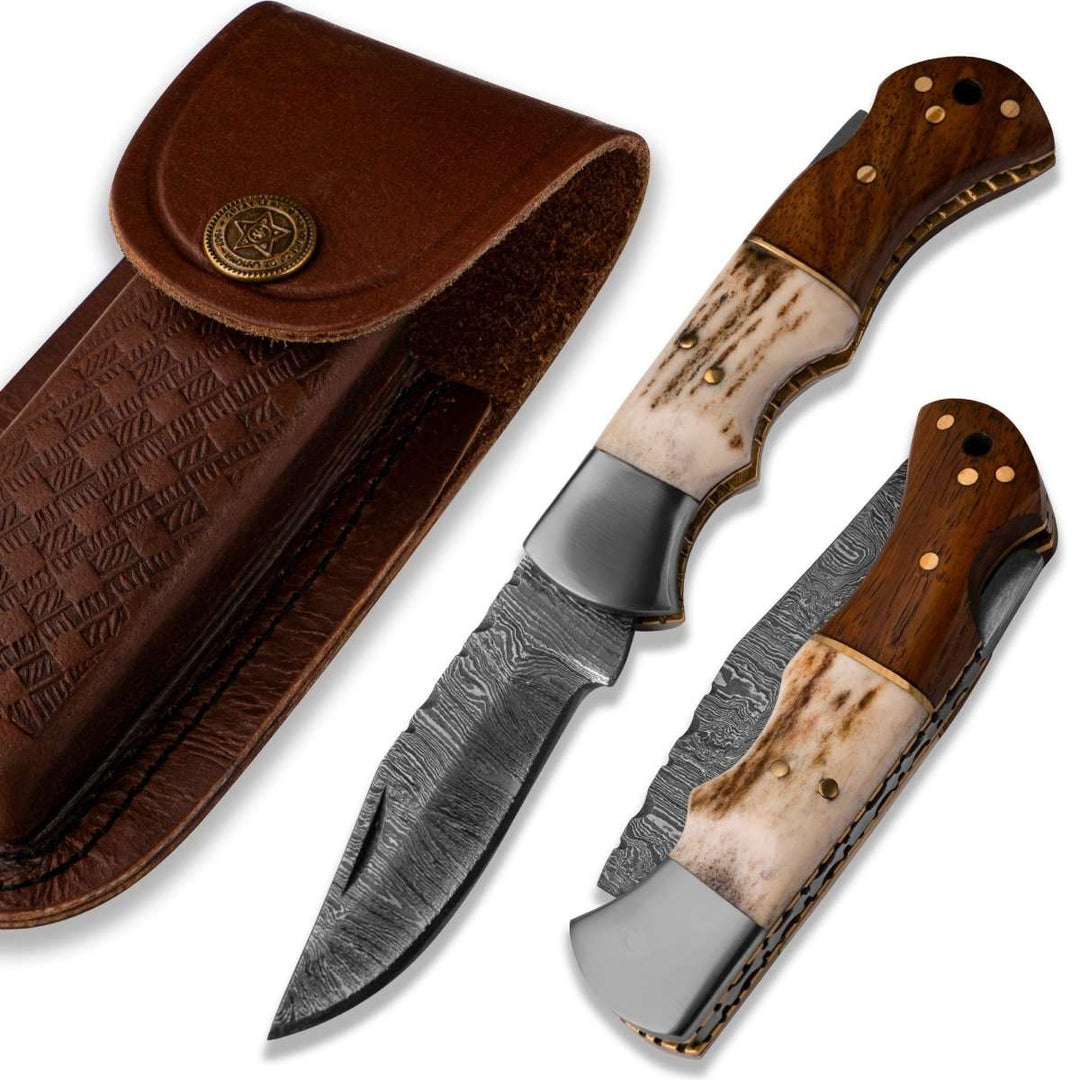
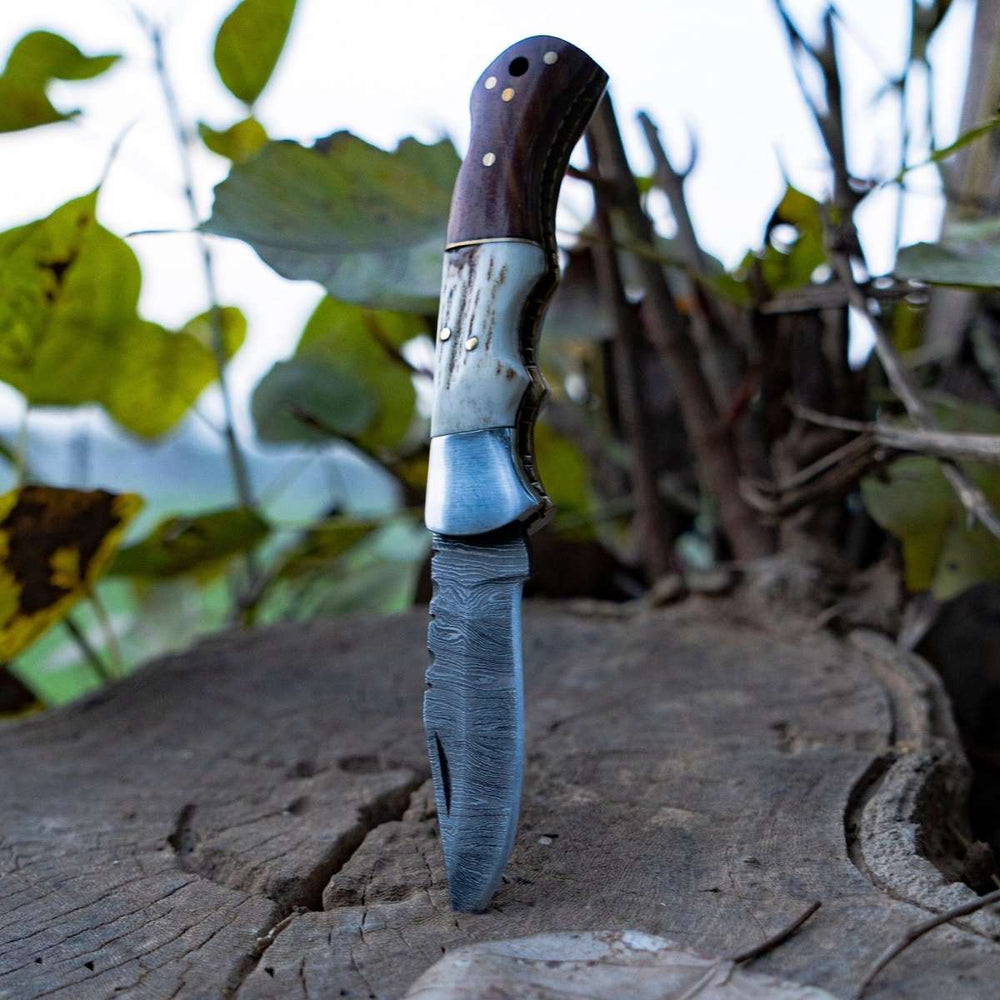




Leave a comment